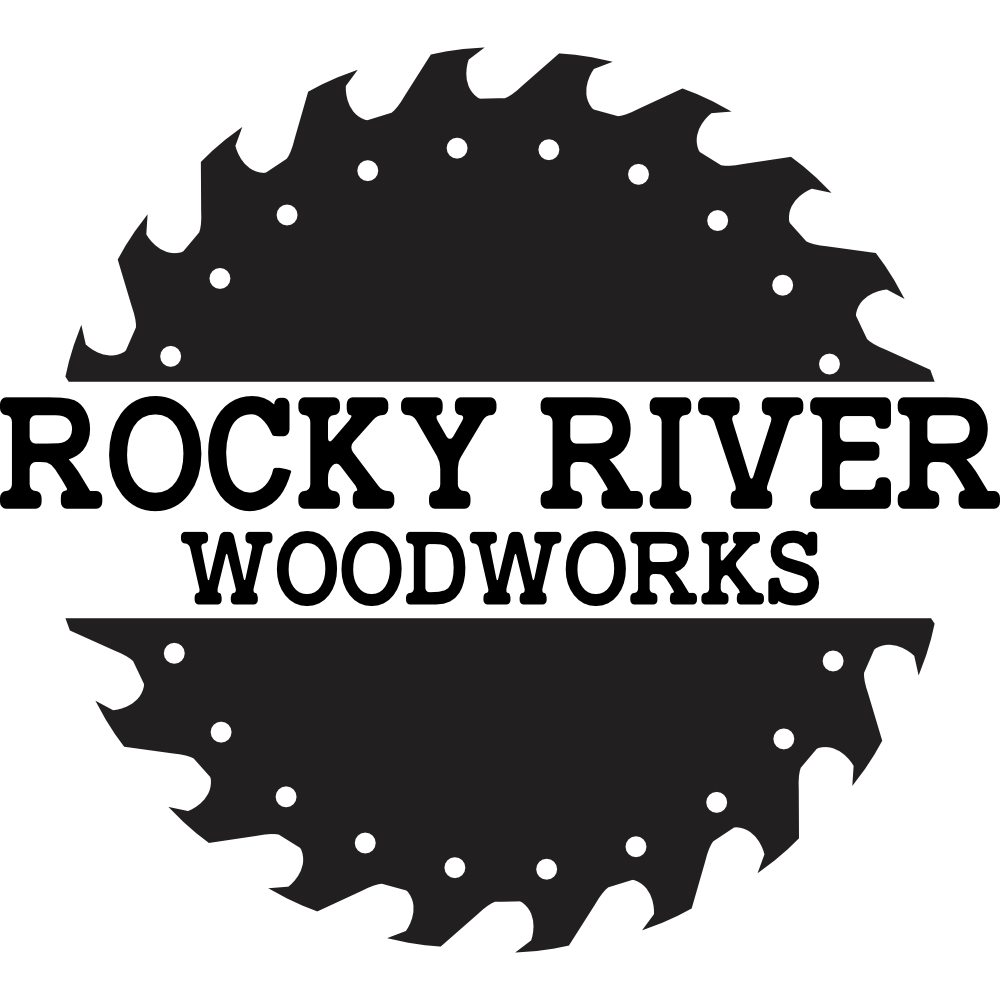3 Mistakes To Avoid When Purchasing Lumber
I must admit that purchasing lumber for any wort of woodworking project can be a daunting task. You begin to ask yourself where to buy, what to buy, how do I know if I’m purchasing the right material? Well, I hope to calm your nerves a little by offering some tips and tricks on your adventure to purchase lumber.
Also See: 6 Places To Buy Lumber & Wood Material
Moisture
If you’re a woodworker you know that the lumber needs to be dry! Wood that has not yet been fully dried is more susceptible to wood movement that pre-dried lumber. With that said, however, there is rarely a piece of wood that is fully dry - 0% moisture. That’s fine. You’re looking for lumber that has a moisture content level of around 9%. At this level you’re less likely to lose more moisture which can mean a more stable wood for your project. A more stable piece of lumber can yield better project results as it there will be less wood movement. When shopping for lumber, sometimes you can visually see high moisture levels. Flip the boards over and check the bottom sides of the lumber to ensure there are no spots of puddling or water collection. You can sometimes even smell moisture. We all know what wet wood smells like, and lumber is no different. Most likely, however, the hardwood supplier you’re visiting has already dried the lumber they are selling. The magic question is how much drying did they do? To truly get an understanding of if the wood moisture content is dry enough or not you would need a moisture meter. I recommend carrying a cheap moisture meter with you when shopping for lumber. These meters are very affordable and can help you determine the moisture content level and assist you in making a smart purchasing decision.
Dimensions
When shopping for hardwood lumber you will likely find that the supplier or dealer charges for the lumber by the board foot. With that said, it is important to know how to calculate a board foot so that you know you’re being charged correctly. I also recommend carrying a tape measure with you to the hardwood supplier’s location so that you are able to get accurate measurements are the piece of lumber you’re interested in purchasing. You can then calculate the board footage on your phone’s calculator on the spot, before opening your wallet to pay for the board. Pay attention to board thickness, as many suppliers charge more per board foot for thicker materials, which compounds because thicker materials also have a larger quantity of board feet. Generally, hardwood rough sawn lumber is sold is thicknesses based on “quarter”. For example, a 1-inch thick piece of material is 4/4. 1.5” thick material is 6/4, etc. Knowing the terminology and thicknesses in this format will help you be more educated when on site at the hardwood supplier’s location.
Defects
As with any natural product, defects can happen. In fact, defects are more prevalent than you may think. While I am not going to dive into the definition of each type of wood defect and their characteristics, I will summarize. Defects can include warping, bowing, checking, cracking, waning, and more. In short, take a close look at the grain of the wood to make sure it looks clean and free of cracks or knots. You can also look down a piece of lumber from one end to the other. Make sure the board is straight, both side-to-side and lengthwise. Check the ends of the boards as well. The ends of the board is known as end grain and can tell a story about the health of the wood. If it is clean and uniform in shape or style, you stand a better chance that the overall health of the board is in good condition.
Hopefully these few starter pieces of advice will get you started with purchasing hardwood lumber for your woodworking projects. While there’s much more detail that can be researched, these are some good pointers to get started with. If you have other suggestions or questions around this topic, feel free to leave them in the comments. Happy shopping!

